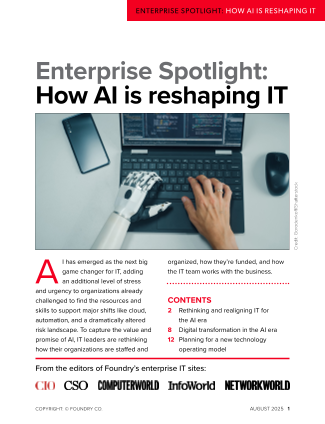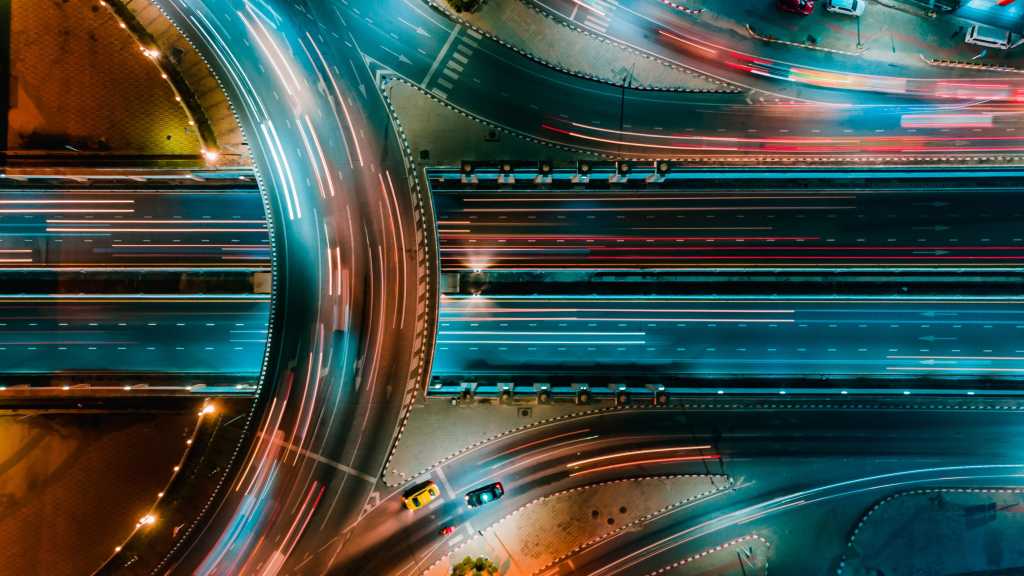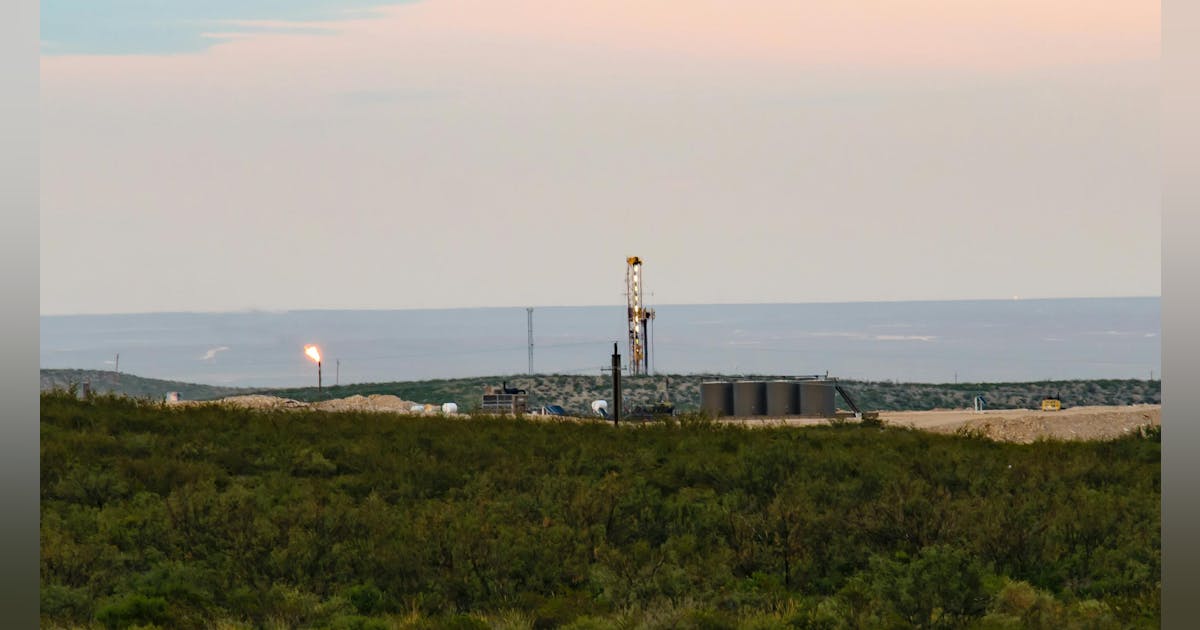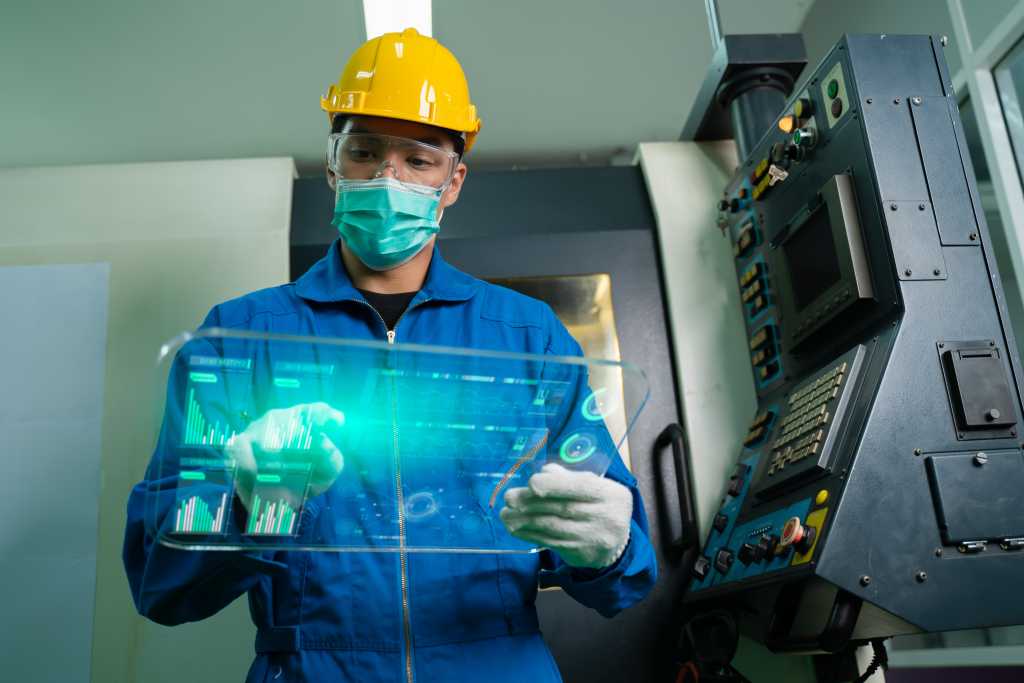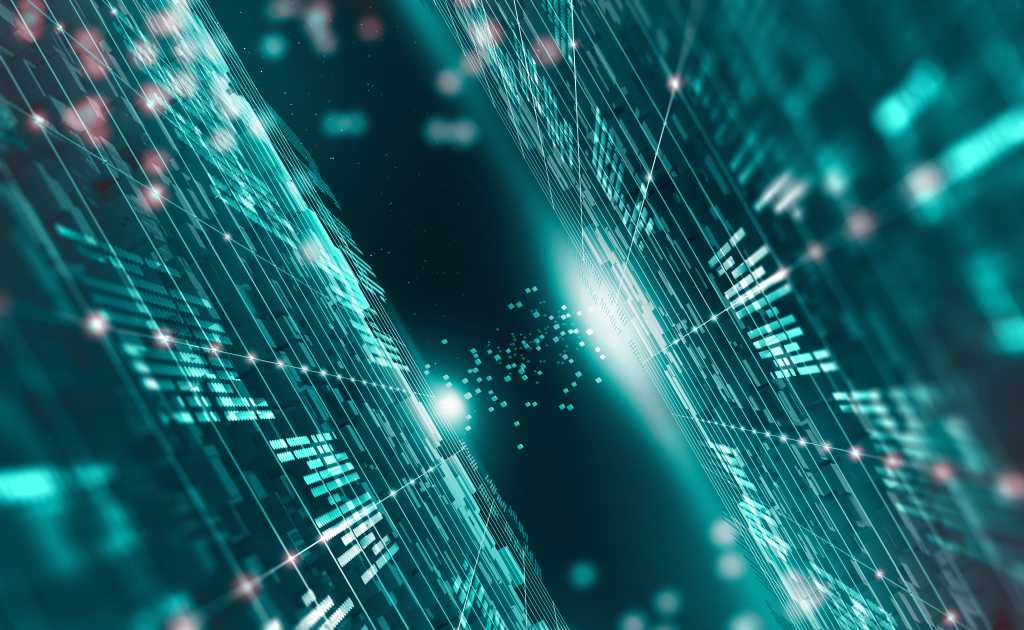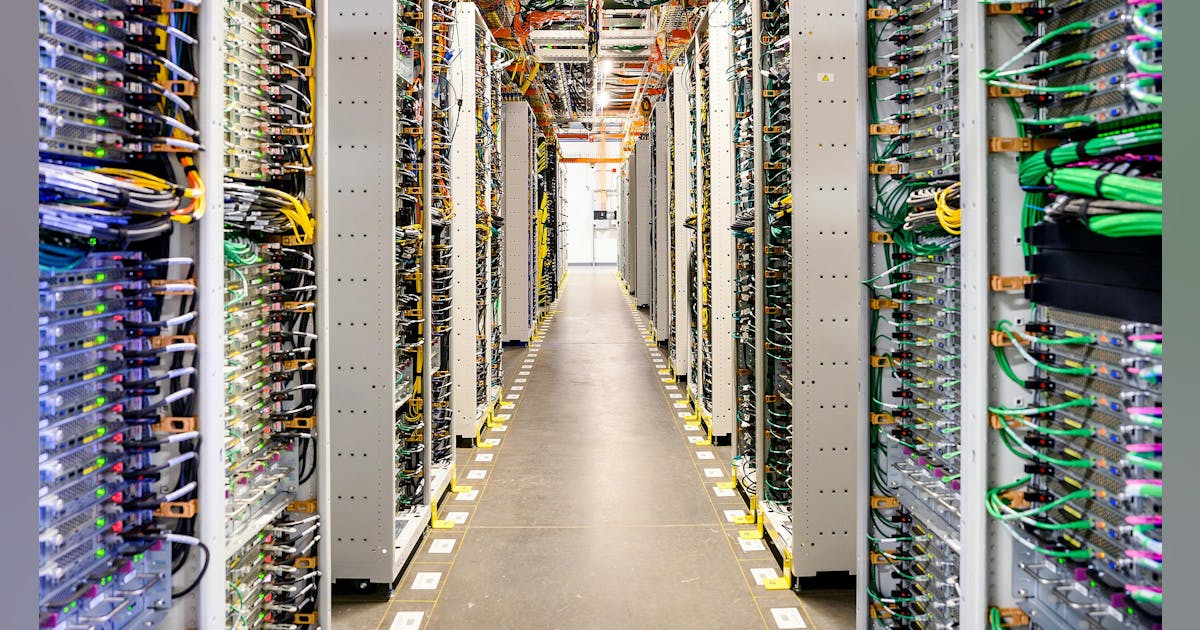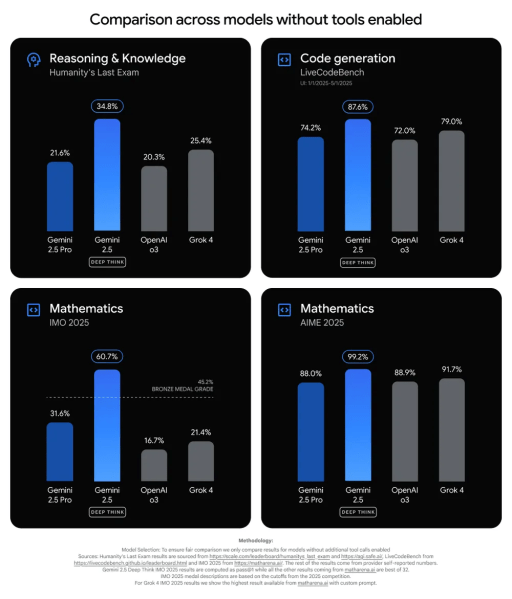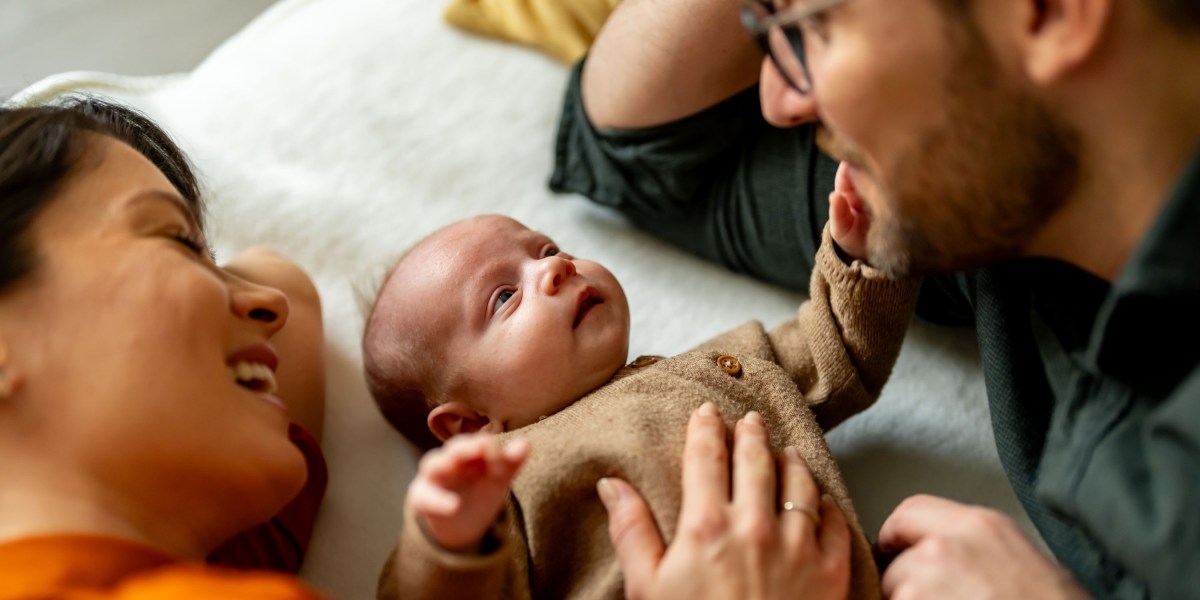Join our daily and weekly newsletters for the latest updates and exclusive content on industry-leading AI coverage. Learn More
Nuwa Pen is a smart ballpoint pen that digitizes the words you write on paper as you write them.
The pen uses a standard D1 ballpoint ink cartridge in conjunction with AI, computer vision and motion sensors to digitize every stroke a user writes or doodles on any type of piece of paper. Nuwa Pen will show the pen at CES 2025, the big tech trade show in Las Vegas this week.
Shipping in public beta in February 2025, Nuwa Pen said it can help people rediscover the joy of writing without losing the productivity of digital applications, bridging the gap between analog and digital in a way no other device can.
Available to purchase at a special pre-order price of $295 and with over 5,000 pre-orders to date, CES attendees can try Nuwa Pen firsthand at CES Unveiled Las Vegas on Sunday, January 5, at the Mandalay Bay Hotel, with CES preview media interviews available by appointment on January 6, and at the Venetian Expo, Booth 51272 from January 7 – 10. View a short video about Nuwa Pen here.
There are multiple, well-documented downsides of humanity’s screen-obsessed lives: poor REM sleep, reduced creativity and declining memory retention. Most people spend eight or more hours per day in front of a computer—often followed by recreational screen use. Recent mounting research, however, praises the benefits of handwriting, which has clear benefits for thinking and learning as it helps to boost literacy and communication skills.
“Writing is one of the most human acts. Many of history’s most extraordinary ideas and literature were handwritten, not typed,” said Nuwa Pen CEO and founder Marc Tuiner, in a statement. “We’ve developed the smartest, most advanced pen in the world that allows people to write, work and take meeting notes without staring at a screen. Pen-on-paper lovers get the best of both worlds, as Nuwa Pen and its free companion app allow users to share, search, and organize handwritten notes with ease.”
How Nuwa Pen Works: Write. Digitize. Sync.

You can grab a Nuwa Pen and write in a notebook, journal, loose piece of paper or Post-it note — just like a regular pen.
Nuwa Pen uses standard D1 ballpoint ink cartridges, while its AI and computer vision-powered cameras trace what is written and digitize it in the Nuwa+ companion app. The Nuwa+ app organizes the notes into a digital record and typed text that users can sync with their other productivity apps, such as email, calendar and contacts.
Additional features and benefits include:
Digitization, Easy Transcription and Text Conversion: Digitization of notes from physical to digital text, with the freedom to write on any paper and easy transcription from handwritten notes to typed text in a few clicks;
Augmented Notes and Seamless Synchronization: Sync Nuwa Pen notes with multiple devices — smartphone, tablet or computer — and allows the writer to augment their notes to their calendar, email or contacts apps to integrate handwritten notes with the digital world;
Search Made Simple: No more searching through endless pages of handwritten notes — simply type a keyword to find related notes;
Sharing and Collaboration: Share Nuwa Pen notes with others and collaborate with them.
Writing Dashboard: Keeps track of the user’s writing metrics;
Unlimited Storage: Saves the writer’s notes forever;
Smart Summary: Nuwa Pen summarizes the writer’s notes so they stay organized and on track.
“Unlike most emerging tech that moves humanity further from reality, Nuwa Pen takes a bold step backward—toward authenticity,” said Tuinier. “Nuwa Pen allows people to write again without missing a beat in the digital world. The future of work and creativity won’t revolve around bigger screens or immersive goggles. With Nuwa Pen, it’s as simple as putting pen to paper.”
Nuwa Pen is available for pre-order at the special price of $295 now through mid-April 2025.
Founded in 2020, Nuwa Pen is a privately held company headquartered in Groningen, The Netherlands.
Daily insights on business use cases with VB Daily
If you want to impress your boss, VB Daily has you covered. We give you the inside scoop on what companies are doing with generative AI, from regulatory shifts to practical deployments, so you can share insights for maximum ROI.
Read our Privacy Policy
Thanks for subscribing. Check out more VB newsletters here.
An error occured.



